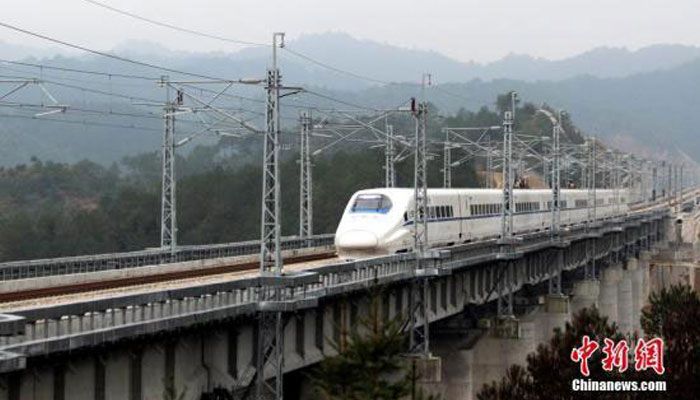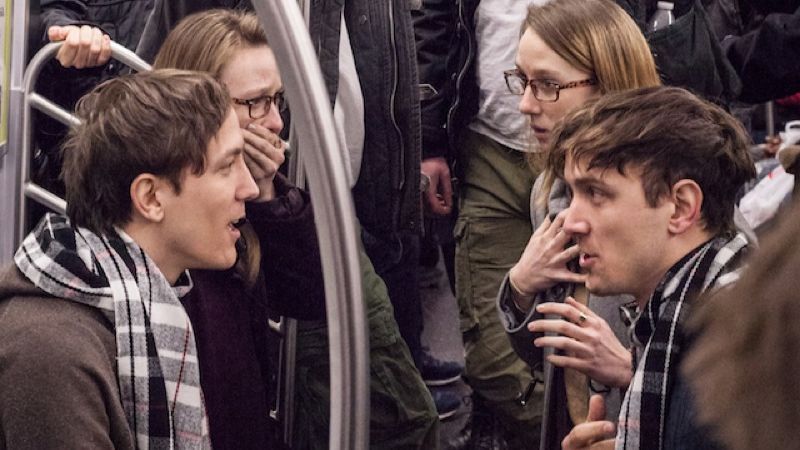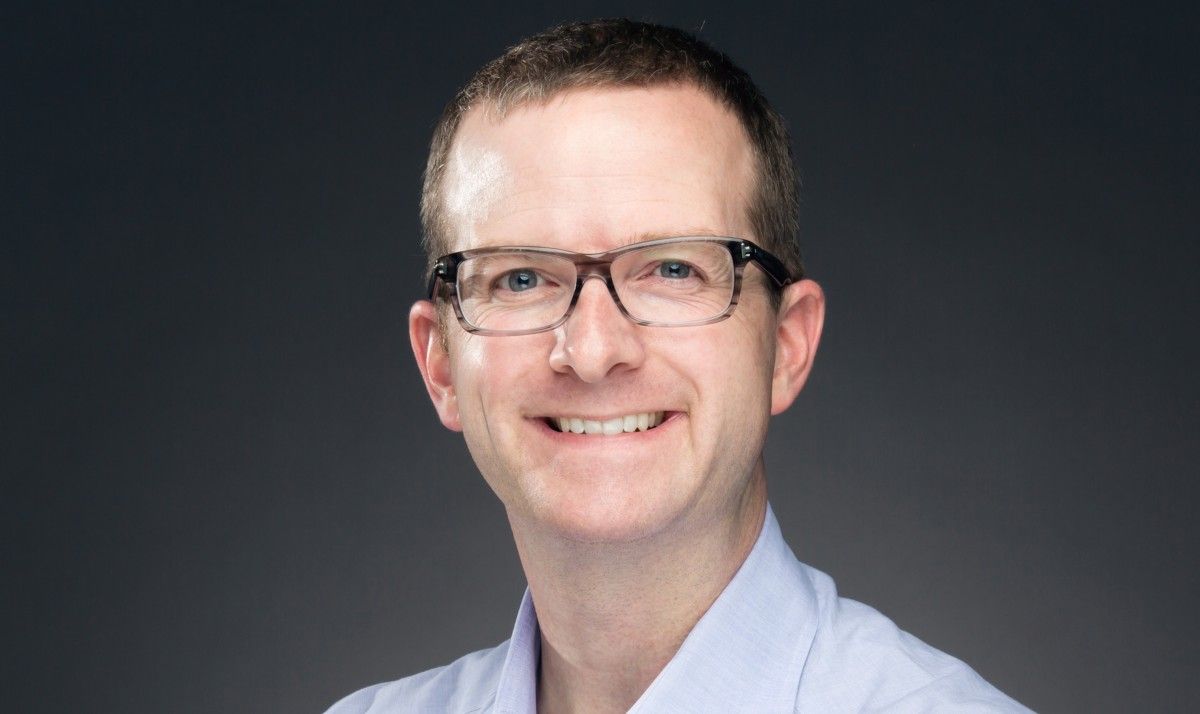Its super train.
Beijing: China on Monday began operating its indigenously designed bullet trains which can clock 350 kmph speed, the country’s first passenger train using Electric Multiple Units technology.
The China Railway Corporation announced that Train No G8041 departed from Dalian for Shenyang, capital of northeast China’s Liaoning.
It is the first passenger service using China Standard Electric Multiple Units (EMU) trains, Zhou Li, head of technological management at the China Railway Corporation, the national rail operator, said.







